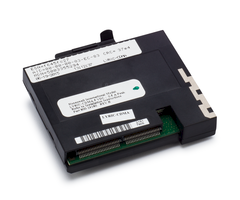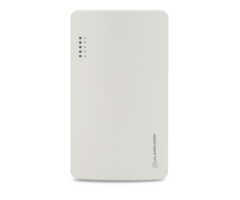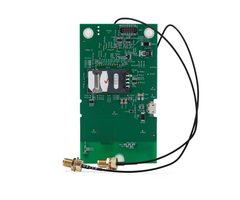Cellular Alarm Communicators









If you have a security system and alarm monitoring service, then you will want to make sure that your system communicates reliably. This is effectively determined by the system's communication path. Some communication paths are more reliable than others. Out of all the communication paths available, cellular is the best one. This is because cellular service almost never goes down, and it continues to provide strong functionality even when the electricity is out. The same cannot be said for IP-only, which sometimes experiences outages. It is also dependent upon electrical power, unless the user adds a backup battery to their router.
Some systems like the Qolsys IQ Panel 2 Plus come with a built-in cellular communicator. But most need to have one added separately. Fortunately, cellular communicators are easy to install. You will want to power the panel down by disconnecting its backup battery and unplugging its transformer before attempting to install a cellular communicator. Once the cellular communicator has been installed, it must be activated by an alarm monitoring company. Alarm Grid customers will need a monitoring plan of Gold or higher to use a cellular radio module. The alarm monitoring company will check the cellular signal strength to make sure it is adequate. If the signal is weak, the user might consider adding a cellular amplifier or a cellular antenna. These can be purchased from our website.
Most cellular communication modules will allow the system to connect with an interactive service platform. These include platforms like Total Connect 2.0 and Alarm.com. The platform your system connects with will depend on the communication module that was installed. Most Honeywell and Resideo Systems will connect with Total Connect 2.0. Most other systems will connect with Alarm.com. But there are a few exceptions to this general rule. These services are great because they allow end users to operate their systems remotely using special mobile apps. Users can arm and disarm their systems, check the current status for their systems, control Z-Wave devices and view surveillance cameras from these applications.
Many users will pair their cellular communicators with IP communicators. This allows for an ultra-fast and reliable dual-path communication setup. The advantage of a dual-path setup is that if one communication path goes down, the other path will be there to back it up. Many alarm panels will need to have an IP communicator added to make this possible. But some panels will already have an integrated WIFI card. Check with the specifications of your system to see if it has WIFI capabilities.



